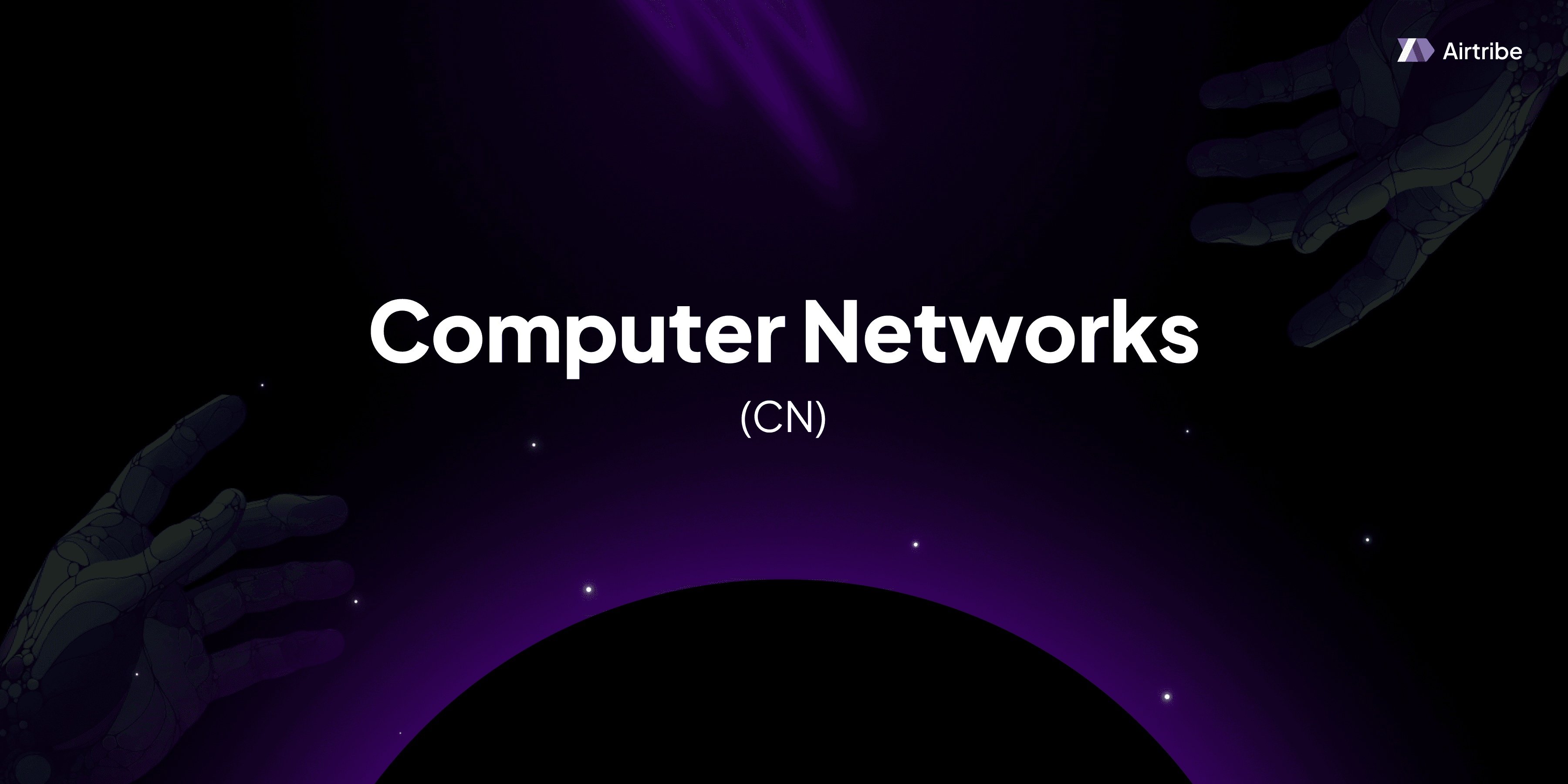Types of Network (LAN, WAN, MAN)

Exploring the Types of Networks: LAN, WAN, and MAN
In the realm of Computer Networks, understanding the different types of networks is foundational. This article delves into the key network types—Local Area Network (LAN), Wide Area Network (WAN), and Metropolitan Area Network (MAN)—each serving distinct purposes and environments. Grasping these concepts is essential for designing and implementing network solutions that fit specific needs.
Core Concepts and Theory
Local Area Network (LAN)
A Local Area Network (LAN) is a network that covers a small geographic area, typically a single building or a campus. LANs are used to connect computers and devices within close proximity, enabling the sharing of resources like files, printers, and internet connections.
Characteristics:
- Geographic Scope: Limited to a small area, such as a single building or floor.
- Ownership: Typically owned and managed by an individual or organization.
- Technology: Common technologies include Ethernet and Wi-Fi.
- Speed: Offers high-speed connectivity, commonly 100 Mbps to 1 Gbps.
Advantages:
- High data transfer rates.
- Relatively low setup and maintenance costs.
- Ease of connecting additional devices.
Wide Area Network (WAN)
A Wide Area Network (WAN) spans a broad geographic area, often nationwide or international. WANs are used to connect multiple LANs, allowing them to communicate and share resources over long distances.
Characteristics:
- Geographic Scope: Expansive, covering cities, countries, or continents.
- Ownership: Can be privately owned, leased, or public. Often involves ISPs.
- Technology: Uses technologies like MPLS, Frame Relay, and point-to-point links.
- Speed: Generally slower than LANs, with variations depending on the infrastructure.
Advantages:
- Facilitates global communication.
- Enables centralized data management and resource sharing.
- Supports remote work and branch networking.
Metropolitan Area Network (MAN)
A Metropolitan Area Network (MAN) covers a larger area than a LAN but is smaller than a WAN, typically a city or a large campus. MANs are designed to connect multiple LANs within a specific geographic region, facilitating high-speed connectivity and resource sharing.
Characteristics:
- Geographic Scope: A city or metropolitan area.
- Ownership: Often a blend of private and public management.
- Technology: Employs technologies like Ethernet, ATM, and fiber optics.
- Speed: Comparable to LANs, designed for high-speed access across a metropolitan area.
Advantages:
- Efficient communication within cities.
- Cost-effective for large organizations with regional facilities.
- Supports multimedia and VoIP applications.
Practical Applications
Each network type serves specific applications based on its scope and characteristics:
- LANs are ideal for environments requiring high-speed access and efficient resource sharing, such as offices and educational institutions.
- WANs are suitable for organizations with distributed locations, supporting cross-country or international operations.
- MANs benefit metropolitan libraries, businesses, and local government systems, providing a balance between LAN's speed and WAN's reach.
Code Implementation and Demonstrations
Although traditional networking does not involve programming directly, understanding network configurations through code can be critical, especially in configuring routers and switches. Here's a simple example configuration script for a network switch in a LAN setup:
# Assign a VLAN to a port on a Cisco switch
enable
configure terminal
interface FastEthernet0/1
switchport mode access
switchport access vlan 10
exit
This basic configuration assigns a port to a VLAN, a common task in LAN setups.
Comparison and Analysis
| Feature | LAN | WAN | MAN |
|---|---|---|---|
| Scope | Small, localized areas | Large, expansive regions | City or metropolitan areas |
| Ownership | Private | Private or ISP-owned | Public and private |
| Speed | High (100 Mbps - 1 Gbps) | Variable, slower than LAN | High (comparable to LAN) |
| Technologies | Ethernet, Wi-Fi | MPLS, Frame Relay, leased lines | Ethernet, ATM, fiber optics |
| Cost | Low setup cost | Higher cost due to distance | Moderate |
Additional Resources and References
To expand on the knowledge of network types, explore the following resources:
Books:
- "Computer Networking: A Top-Down Approach" by James F. Kurose and Keith W. Ross
- "Data Communications and Networking" by Behrouz A. Forouzan
Online Courses:
Websites:
Understanding LAN, WAN, and MAN networks provides a robust foundation for exploring the intricate world of computer networking, enabling tailored solutions for specific needs and environments.


